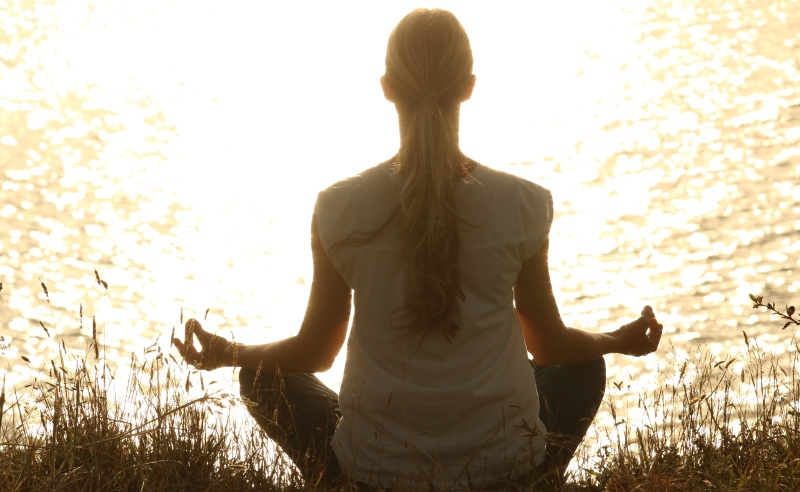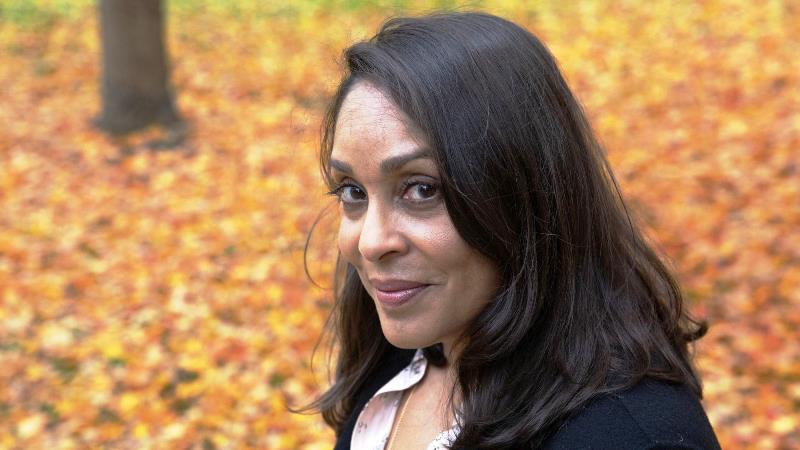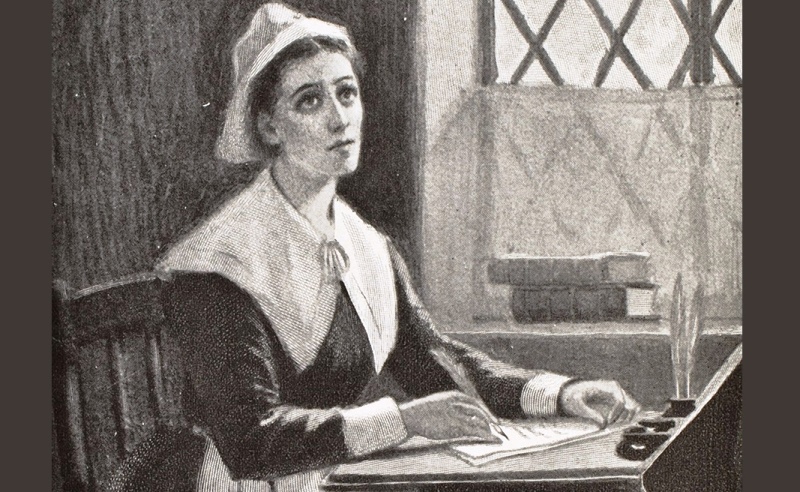If we examine the pages of our history books, it becomes clear to us that the task of recording history has always been focused on the masculine. Whether it was the rise of the polis in ancient Greece, the achievements of the Mughals, the onset of colonialism and the subsequent rise of modern day democracies, the narratives of history have found very little space to accommodate the other half of the human species- women. Through all the civilizations that have emerged, all the wars that have been fought, even all the art that has been created; the only “accepted” perspective is the male one.
When we studied about the fierce and bloody World Wars, our history books in school told us about the bravery of the men; how the soldiers put their lives on the line, fighting till the very last breath; how the leaders and politicians used their diplomatic prowess to win the wars through several treaties, pacts, political allegiances; and how even the ordinary men left everything behind to serve their countries, because that’s just how much they all loved their countries. What they didn’t teach us was how the women were left behind to run the day to day functions of the country while the men fought in the battle lines. It was during the Second World War that women, for the first time, were involved in the economy, they had to run the professional responsibilities which were previously held by their male counterparts. More and more women began to opt for higher education; women were working in the fields, in the banks, as doctors, teachers, traders, while also handling the maintenance of the household. This was also the time that women’s fashion became much more progressive than it had over the past few decades. Out of necessity, women began wearing trousers and pants instead of their usual delicate dresses. All of this was possible only because the men were not around to dictate, monitor or control the lives of women, as messed up as this may sound. But have you ever read about this in mainstream history books, records, etc?
The above was just an example of how there has been an active erasure of women’s narratives, their achievements and experiences- as kids, we barely have that many female role models to look up to from the pages of history. Whatever little we do know about exceptional women and their achievements is also determined by the class, caste, religion of the woman. In the Indian context, these women in history are, more often than not, upper-class, upper-caste women who have had access to privileges that all women don’t. This includes a proper education, a well-to-do family background, opportunities to acquire various skills and also practice them, among other things.
Suggested read: India’s National Secret: Why Gay Men End Up Marrying Women
It is only in the past couple of years that the Indian academia, and to some extent, the urban educated masses, have come to realize the shortcomings of modern historiography and Savarna feminism in accommodating the voice of the subaltern woman in the annals of history. The intersecting oppression of caste and gender has always succeeded in rendering the Dalit woman completely voiceless and invisible. The modern Indian historian and the feminist have rarely attempted to record, perceive and communicate the stories of these women. As a result, Dalit women and girls today barely have role models they can look up to; they do not have the privilege of harking back to their foremothers in times of struggle or for inspiration. Theirs is a history that society has deemed unworthy of remembering.
This Women’s History Month, however, we realized that things needed to change. And the optimist in me feels like they indeed have. Now more than ever, people are acknowledging the failures of Savarna feminism, remembering Dalit women and celebrating their lives. Below is a list of dalit women in India who stand out for the phenomenal lives they’ve led and are inspirations in the truest sense of the term.
- Nangeli
During the 19th century, when Kerala’s oppressive caste system was at its peak, there were several kinds of taxes which only the lower caste people were forced to pay. One such tax was the Breast Tax, or Mula Karam which was levied on lower caste women only. They were allowed to cover their breasts in front of upper caste people only if they paid a sum of money to the state. In 1803, Nangeli, a lower caste woman from Cherthala, in central Kerala, cut off her breasts in defiance of this oppressive tax. She bled to death on the same day, but her act of resistance caused a stir among the people. People across all castes spoke of her rebellion, and following her death the breast tax system was abolished in Travancore. Nangeli’s story is unique also because it is the first recorded case of male Sati – her husband, Chirukandan, jumped into her funeral pyre out of grief and in protest of the law that took his wife’s life.
- Bhanwari Devi
Her resilience and struggle for justice changed the course of modern Indian history. Bhanwari Devi hails from the Rajasthani town of Bhateri where she worked as a Saathin- an employee of the Women’s Development Project under the state government. In 1992, she was gang- raped by five upper caste men who were angered by her attempts to prevent the child marriage of a nine month old girl. The judicial system’s inability to convict the rapists, along with the cruel treatment of Bhanwari Devi by local political parties, the Panchayat and her own family sparked massive media outrage all across the country and even internationally. Several women’s groups got together and filed a PIL in the Supreme Court under Vishakha, which, in 1997, led to the Vishakha Guidelines- which provided the basic definition of sexual harassment in the workplace and also the guidelines to deal with it.
Suggested read: #WonderWomen Savitribai Jyotirao Phule: The First Feminist Of India
- Uda Devi
When we talk about the Indian freedom struggle, there are only a handful of women whose names we are familiar with. In the case of the 1857 Revolt, Rani Lakshmi Bai and Begum Hazrat Mahal are the only two women our history books teach us about. But there were countless other women, fighting alongside the men, whose extraordinary courage is rarely ever talked about. One such woman was Uda Devi. Born in a village in Awadh, Uttar Pradesh, she enlisted for the war under Begum Hazrat Mahal, who helped her form a women’s battalion under her command- the Veeranginis. Uda Devi had donned men’s clothing and fought bravely in the Revolt of 1857, killing several British soldiers. In Sikandar Bagh, Lucknow, one can find a statue of this fierce warrior.
- Dakshayani Velayudhan
The first and the only Dalit woman in the Constituent Assembly of India, Dakshayani Velayudhan was a staunch supporter of Ambedkar and Gandhi’s teachings, yet she never shied away from challenging their views either. Her tenure as a member of the Constituent Assembly was marked by her unwavering zeal for creating a new framework of life for the Indian people, and her fight to make untouchability illegal and punishable. She voiced her opinions against separatism and believed that separate electorates would be useless as long as the depressed castes remained under the economic hegemony of the upper castes. Dakshayani was also one of the first girls in the Pulaya community (untouchables in Kerala) to wear a dress and attend school. She was also the first Dalit woman in her state to earn a university degree. In 1942, she was nominated to the Cochin Legislative Council seat, and in 1945 she gave her first speech in the Council, slamming the inhumane practice of untouchability. Ms. Velayudhan is one of the many iconic dalit women in India whose achievements have been downplayed and ignored by the larger personalities of her time.
- Savitribai Phule
She is said to be India’s first feminist and yet the Indian masses barely know about her contributions in the social reform movement of the 19th century. Savitribai, along with her husband Jyotiba Phule, championed the cause of women’s education and Dalit rights. She was homeschooled by her husband for six years, following which she went to Mrs. Michelle’s Normal School in Pune, Maharashtra. She went on to receive training to be a teacher at Ms. Farar’s Institution in Ahmednagar. The revolutionary husband and wife duo opened the first girls’school in Bhidewada, where Savitribai was the first female teacher. They started with nine students from the shudra and atishudra communities, belonging to the lowest rungs of the society. Savitribai faced severe backlash from her own community for “crossing her limits as a woman”; she was ridiculed and ostracized from her own family home and village, along with her husband. None of these obstacles, however, stopped them from pursuing their dream of providing education to the lower castes. Savitribai and her husband were the first in modern India to challenge the Brahmanical system of caste; their ultimate aim was to unify all the depressed castes of the country. They even reached out to the Muslim and adivasi communities, and fought for their emancipation as well.
Suggested read: Here Are The Women We Should Be Celebrating This International Women’s Day
Even today, dalit women in India are fighting to have their voices heard. As privileged members of society, it is our responsibility to educate ourselves about their identities, their struggles and to pay heed to their voices without appropriating them.
Featured image source: Instagram












